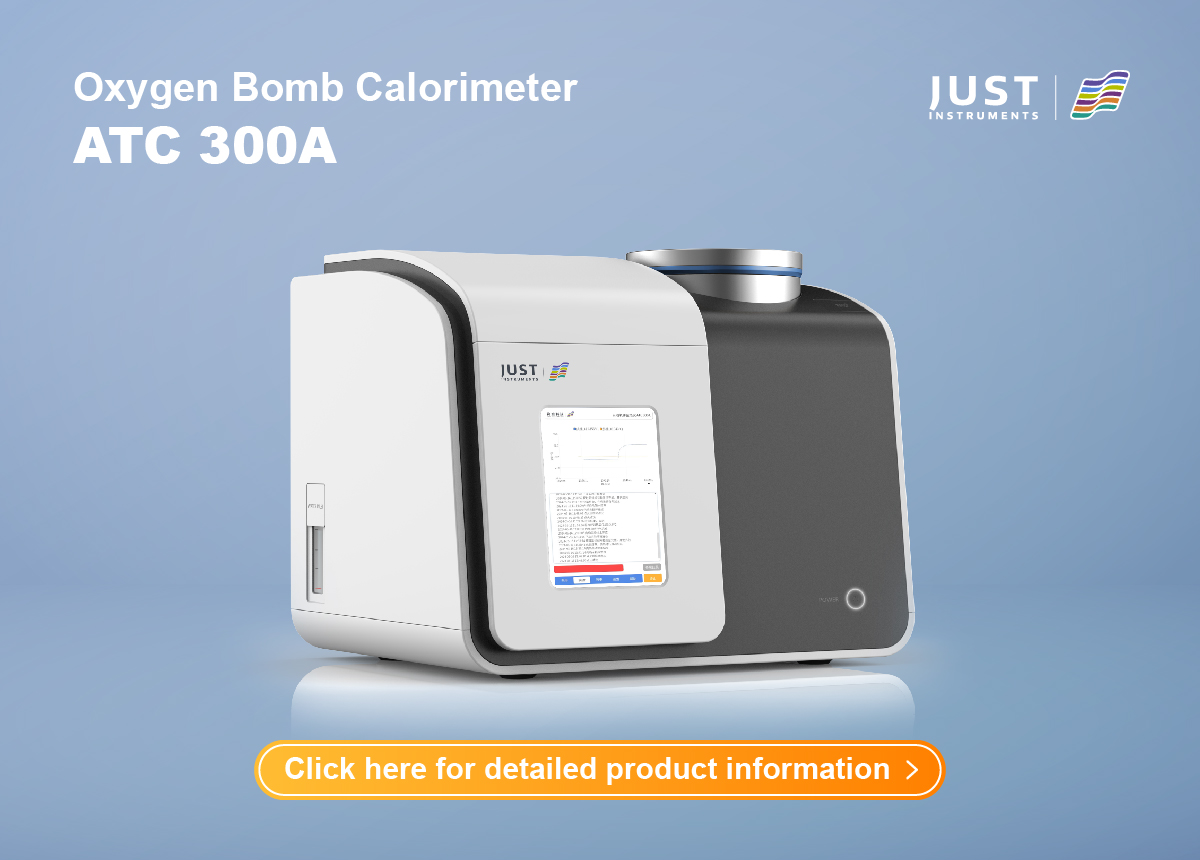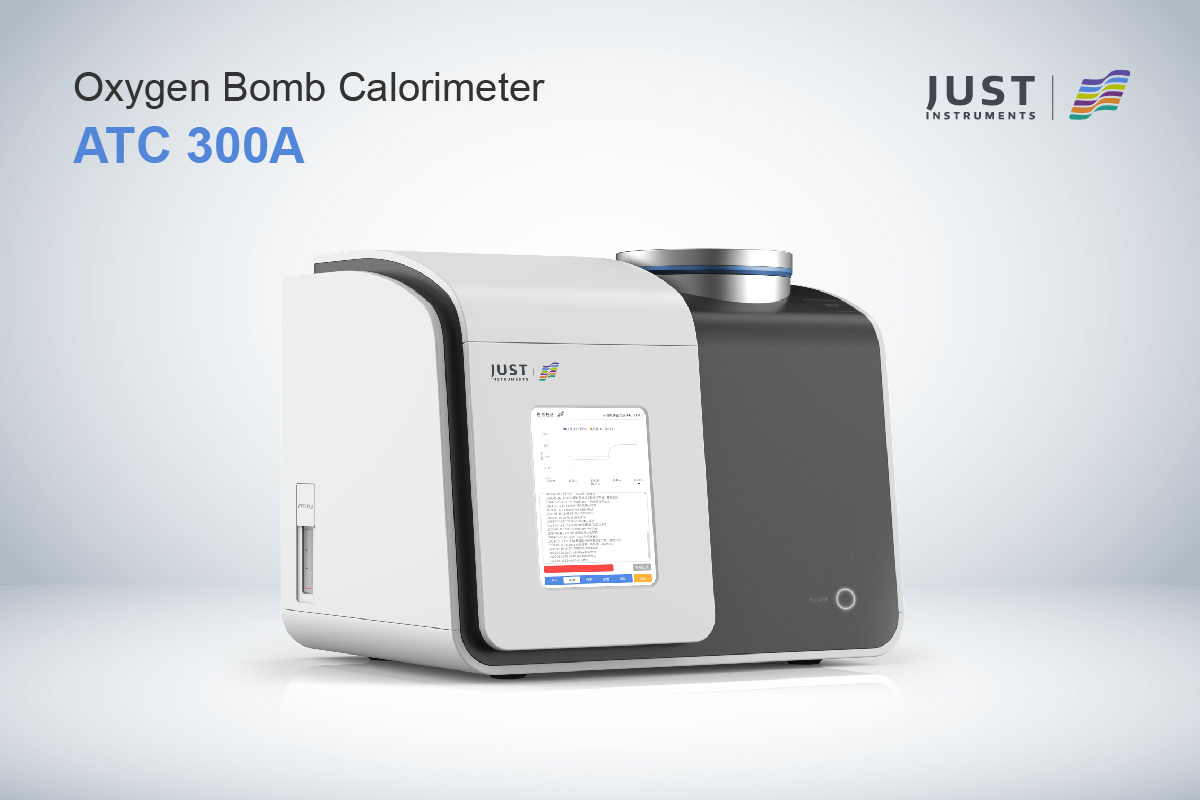ASTM E711: Standard Test Method for Gross Calorific Value of Refuse-Derived Fuel by the Bomb Calorimeter
If you’re in the waste management industry or a related field, you may have come across the term ASTM E711. This is a standard test method that determines the gross calorific value of solid forms of refuse-derived fuel (RDF) through the bomb calorimeter method. The American Society for Testing and Materials (ASTM) developed this standard to help ensure that RDF meets certain quality standards.
The gross calorific value of RDF is an important parameter to measure because it helps determine the fuel’s energy content. This information is essential for RDF manufacturers, waste management companies, and other stakeholders who deal with RDF. By measuring the gross calorific value of RDF, they can ensure that the fuel meets certain quality standards and is suitable for its intended use. The ASTM E711 standard provides a standardized method for measuring the gross calorific value of RDF, which helps ensure consistency and accuracy across the industry.
Scope of ASTM E711
If you are interested in determining the gross calorific value of a prepared analysis sample of solid forms of refuse-derived fuel (RDF), then ASTM E711 is the standard test method for you. The scope of ASTM E711 covers the determination of the gross calorific value of RDF by the bomb calorimeter method.
The values stated in SI units are to be regarded as standard. The values given in parentheses after SI units are provided for information only and are not considered standard. This standard does not purport to address all of the safety concerns, if any, associated with its use. It is the responsibility of the user of this standard to establish appropriate safety, health, and environmental practices and determine the applicability of regulatory limitations prior to use.
The scope of ASTM E711 is under the jurisdiction of ASTM Committee D34 on Waste Management and is the direct responsibility of Subcommittee D34.08 on Thermal Treatment. The current edition of ASTM E711 was approved on April 1, 2023.
In summary, the scope of ASTM E711 covers the determination of the gross calorific value of RDF by the bomb calorimeter method. The standard provides important information for establishing appropriate safety, health, and environmental practices and determining the applicability of regulatory limitations prior to use.
Test Method Summary
If you need to determine the gross calorific value of a prepared analysis sample of solid forms of refuse-derived fuel (RDF), you can use the ASTM E711 standard test method. This method uses the bomb calorimeter method to measure the energy content of RDF. The values obtained are expressed in joules per gram (J/g) or British thermal units per pound (Btu/lb).
To perform the test, you need to prepare a sample of RDF that is representative of the lot to be tested. The sample should be dried to a constant weight and ground to pass a 2-mm (No. 10) sieve. Then, you need to weigh about 1 g of the sample and place it in a bomb calorimeter vessel. The vessel is then filled with oxygen and sealed. The sample is then ignited by an electric spark, and the heat of combustion is absorbed by the calorimeter. The temperature rise is measured, and the gross calorific value is calculated using the appropriate formula.
The ASTM E711 standard test method provides guidelines for the use of the bomb calorimeter method, including the calibration of the calorimeter, the preparation of the sample, and the calculation of the gross calorific value. The standard also provides important safety precautions to be followed during the test, such as the use of safety glasses, gloves, and a fume hood.
Overall, the ASTM E711 standard test method is a reliable and accurate way to determine the energy content of RDF. By following the guidelines provided in the standard, you can obtain consistent and reproducible results.
Apparatus and Materials
To perform the ASTM E711 test, you will need the following apparatus and materials:
Apparatus
-
Oxygen Bomb: The oxygen bomb is the primary apparatus used to combust the sample and measure the heat generated. It should be constructed of materials that are not affected by the combustion process or products sufficiently to introduce measurable heat input or alteration of end products. If the bomb is lined with platinum or gold, all openings shall be sealed to prevent combustion products from escaping.
-
Water Jacket: The water jacket is used to control the temperature of the bomb during the combustion process. It should be made of a material that is a good conductor of heat, such as copper.
-
Ignition Circuit: The ignition circuit is used to ignite the sample in the bomb. It should be capable of delivering a high voltage spark to the sample.
-
Calorimeter: The calorimeter is used to measure the heat generated by the combustion of the sample. It should be calibrated to a known standard.
Materials
-
Sample: The sample should be a prepared analysis sample of solid forms of refuse-derived fuel (RDF) that is representative of the material being tested.
-
Oxygen: Oxygen is required for the combustion process. It should be of high purity and free of contaminants.
-
Benzoic Acid: Benzoic acid is used as a standard for calibration of the calorimeter. It should be of high purity.
-
Water: Water is used to fill the water jacket of the bomb and to cool the calorimeter. It should be of high purity and free of contaminants.
In addition to the above apparatus and materials, you will need a suitable laboratory with proper ventilation and safety equipment. It is important to follow all safety precautions and procedures when conducting the ASTM E711 test.
Procedure
To conduct the ASTM E711 test, you will need to follow the steps outlined in the procedure below:
-
Sample Preparation: Prepare a representative sample of the solid forms of refuse-derived fuel (RDF) by using a riffle splitter or any other suitable method. The sample should be homogeneous, and the particle size should be less than 2 mm.
-
Bomb Preparation: Clean the bomb and fill it with oxygen under a pressure of 25 atm. Then, fill the bomb with distilled water and ignite the fuse wire to determine the heat of combustion of the wire.
-
Sample Analysis: Weigh the sample and place it in a crucible, then add a small amount of benzoic acid to the sample. Place the crucible in the bomb and fill the bomb with oxygen under a pressure of 25 atm. Then, ignite the sample with the fuse wire.
-
Calorimeter Operation: Place the bomb in the calorimeter and add a known amount of water to the calorimeter. Ignite the sample with the fuse wire and record the temperature rise of the water.
-
Calculation: Calculate the gross calorific value of the sample using the following formula:
Gross Calorific Value = (Heat of Combustion of Wire + Heat of Combustion of Benzoic Acid + Heat of Combustion of Sample) / Mass of Sample
The heat of combustion of the wire and benzoic acid are determined separately. The heat of combustion of the sample is calculated from the temperature rise of the water and the heat capacity of the calorimeter.
It is important to note that this procedure is intended to provide a standard method for determining the gross calorific value of refuse-derived fuel. It is not intended to address all safety concerns associated with its use. Therefore, it is essential to follow all safety procedures and guidelines when conducting this test.
Results and Reporting
After performing the ASTM E711 test, the results obtained should be reported accurately. The gross calorific value (GCV) of the sample is calculated by the bomb calorimeter method, and the results are expressed in joules per gram (J/g) or British thermal units per pound (BTU/lb). The values given in SI units are to be regarded as standard, and the values given in parentheses after SI units are provided for information only and are not considered standard.
It is important to note that the GCV of refuse-derived fuel (RDF) can vary significantly depending on the source and composition of the fuel. Therefore, it is recommended to report the results with a precision of at least two decimal places to ensure accuracy. The results should also be reported with the associated uncertainty, which can be calculated using the standard deviation of the replicate tests.
When reporting the results, it is important to include the following information:
- The identification of the sample, including the source and composition of the RDF.
- The date of the test and the name of the operator who performed the test.
- The method used to prepare the sample for testing.
- The method used to perform the test, including any modifications or deviations from the standard method.
- The results obtained, including the GCV and associated uncertainty.
In addition to reporting the GCV, it is also common to report the lower heating value (LHV) of the RDF. The LHV is the amount of heat released when the water vapor produced during combustion is condensed and the heat of vaporization is recovered. The LHV is typically lower than the GCV and is expressed in the same units.
Overall, accurate and complete reporting of the results obtained from the ASTM E711 test is essential for comparing the energy content of different types of RDF and for ensuring compliance with regulatory standards.








































